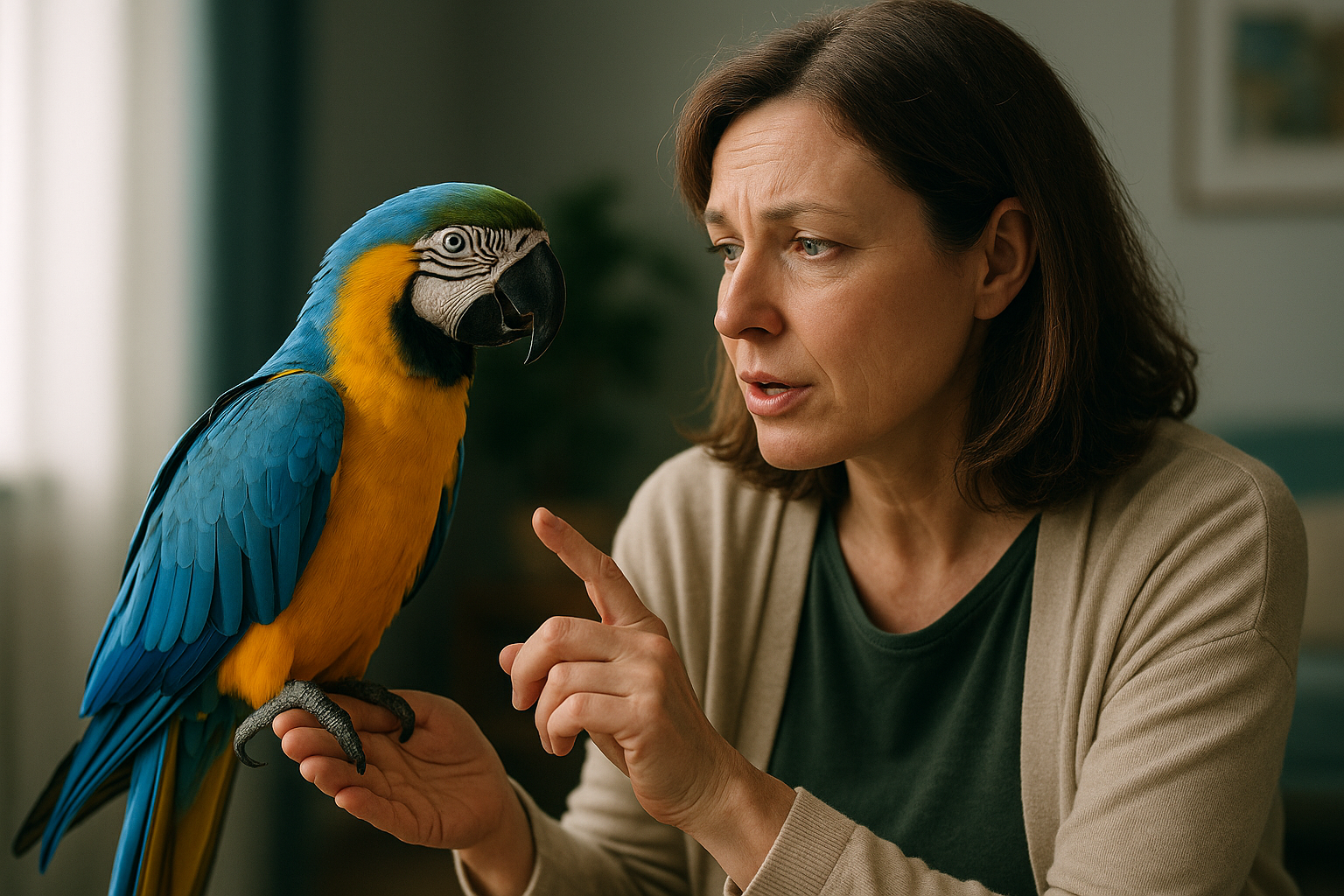Delving into the World of Therapy Parrots: Their Role, Benefits, and Training
In recent years, a new trend has emerged in the world of mental health and animal-assisted therapy. Parrots, known for their intelligence and sociability, have become increasingly common as therapy animals. This article will explore the role of therapy parrots, their benefits, and the intricacies of their training, offering a fascinating glimpse into this unique aspect of the human-animal bond.

The Rise of Therapy Parrots: A Historical Overview
The use of therapy parrots has its roots in the broader field of animal-assisted therapy. Originating in the mid-19th century, animal-assisted therapy has evolved over the years with various animals taking center stage. Dogs and horses were among the first to be used, and more recently, parrots have joined their ranks. With their ability to mimic human speech and understand complex commands, parrots have proven to be a valuable addition to the therapy animal team.
The Role of Therapy Parrots Today
The role of therapy parrots extends beyond mere companionship. These birds are particularly beneficial to individuals suffering from mental health issues such as depression, anxiety, post-traumatic stress disorder, and autism. Parrots can mirror human emotions, offering comfort and understanding to those in distress. Furthermore, as social animals, parrots can help individuals improve their communication and social skills.
The Benefits of Therapy Parrots: A Closer Look
The benefits of therapy parrots are multi-faceted. They can provide emotional support, reduce stress, and improve mood. In addition, they can also help enhance focus and attention, which can be particularly beneficial for individuals with attention deficit disorder. Moreover, the responsibility of caring for a parrot can instill a sense of purpose and routine, which can be therapeutic in itself.
Parrot Training: Behind the Scenes
Training a therapy parrot is a meticulous process that requires patience and consistency. The process begins with socialization, teaching the parrot to feel comfortable around different people and environments. This is followed by obedience training and specific therapy training, where the parrot is taught to respond to various therapeutic commands and cues. The estimated price range for a therapy parrot, including training, can range from $500 to $1,000, depending on the bird’s species and the level of training required.
The Future of Therapy Parrots
The use of therapy parrots is a relatively new trend, and research into its effectiveness is still ongoing. However, early findings are promising, indicating that parrots can indeed play a significant role in supporting mental health. As the field continues to evolve, therapy parrots are likely to become an increasingly common sight in therapeutic settings, bringing a touch of color and warmth to the world of mental health care.
In conclusion, therapy parrots offer a unique and beneficial approach to animal-assisted therapy. With their intelligence, empathy, and sociability, these birds have the potential to make a significant impact on the mental health field. As we continue to explore and understand the bond between humans and animals, therapy parrots stand as a testament to the profound ways in which this relationship can enhance our wellbeing.




